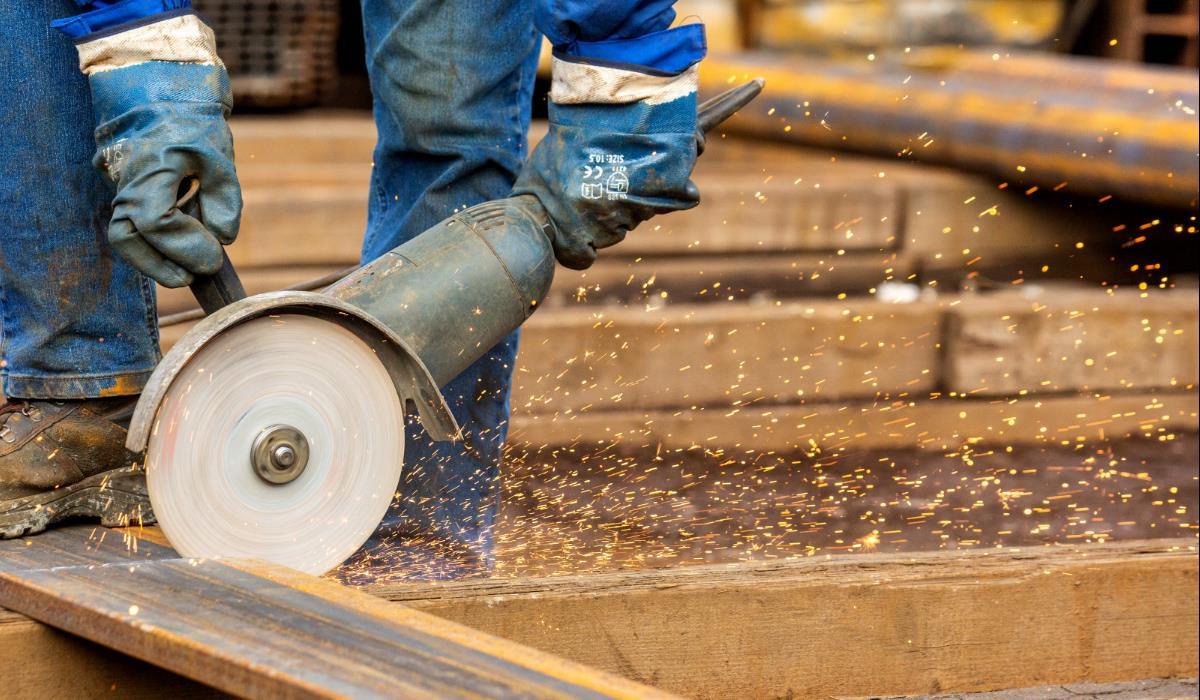The ceiling beam is a key element in the construction of houses. Joists are building materials that extend horizontally between a building’s foundation, walls, and structural beams. The main function of installing ceiling joists is to support the transfer of the weight of the ceiling or floor within the structure. You don’t need to know much about them, but it’s worth learning about more specific aspects of your home. You should be aware of the different materials that make up your flooring system, such as engineered laminated wood and old-growth timber.
What are ceiling beams?
A joist is a horizontal beam, usually made of wood, that is used to support and secure the floor above the foundation. The ceiling beams transfer the loads to the vertical beams of the house. Most beams are single or double beams, most often made of boards approximately 15xcm or 20x5cm wide. Sometimes beams about 25 x 5 cm wide and triple are used to provide additional support. However, the minimum dimensions of ceiling beams are never smaller than approximately 15x5cm. Installing ceiling joists is not always necessary in a building because many floors are laid directly on the concrete slab. For buildings with basements or wooden foundations, beams are essential to maintain the integrity of the structure.
Types of ceiling beams

- Massif Wood Ceiling Beams
A type of wood such as fir is usually used to produce ceiling beams. Massif timber ceiling joists are the cheapest type if you use standard timber rather than specialist timber. Generally speaking, massif wood ones are more resistant to fire and water than other options. - I-BEAM Ceiling Beams
I-Beam beams resemble the letter “I”. The upper and lower parts of the letter “I” are made of massif or wood-based wood, and the middle consists of fiberboard or OSB. They can cover longer distances than those made of massif wood. Due to the use of fiberboard, they can be cheaper than other options and can be used to create more durable structures. - Truss Ceiling Beams
They consist of two layers of 2×4 inch wide boards on the top and bottom and a “stitching” of diagonal boards in the middle. The boards are attached with metal plates. Due to their design, they use less wood than standard beams. Truss beams also have spaces that facilitate the installation of electrical and plumbing installations. However, access to the rooms under the ceiling is difficult due to the structure of the space between the beams.
Ceiling beams as a structural element
Ceiling beams are designed as load-bearing elements. They act as support for the floors above, often transferring loads to vertical beams in the foundation. On the upper floors, ceiling beams support the walls. The walls support subsequent floors. If the wall is parallel to the ceiling beams, it is not load-bearing. Only walls placed perpendicular to the ceiling beams can serve as a load-bearing structure.
- Supporting Structure: The ceiling beams carry the weight of the entire house. Walls usually only carry part of the weight, and some don’t carry it at all. Ceiling beams are important because of this very role.
- Load capacity: The load capacity of the ceiling beams should be determined. Load-bearing capacity: The load-bearing capacity of the ceiling beams should be determined. In the case of floors in residential buildings, the “live” load is usually approximately 13 to 18 kilograms per square meter, although this may vary depending on the location in the building. Live loads on the first floor have higher requirements than on the second floor.
Spacing of ceiling beams
The spacing of ceiling beams is the most important element of ceiling beam installation. If the beams are too far apart, they will not function properly. On the other hand, if the ceiling joists are too close together, it means that you have spent too much money. The spacing of ceiling beams is influenced by several factors. The first is the grade of wood, which can change the result by an inch or two. The size of the board also affects the spacing. Although joist spacing regulations have changed over the years, there are currently three most common joist spacings that cover 90% of all joist spacing types. Shorter widths should be separated further from each other. However, this is only an approximate value, depending on the class of wood and the selected integrity. The vertical boards and the length of the horizontal boards are also important.



